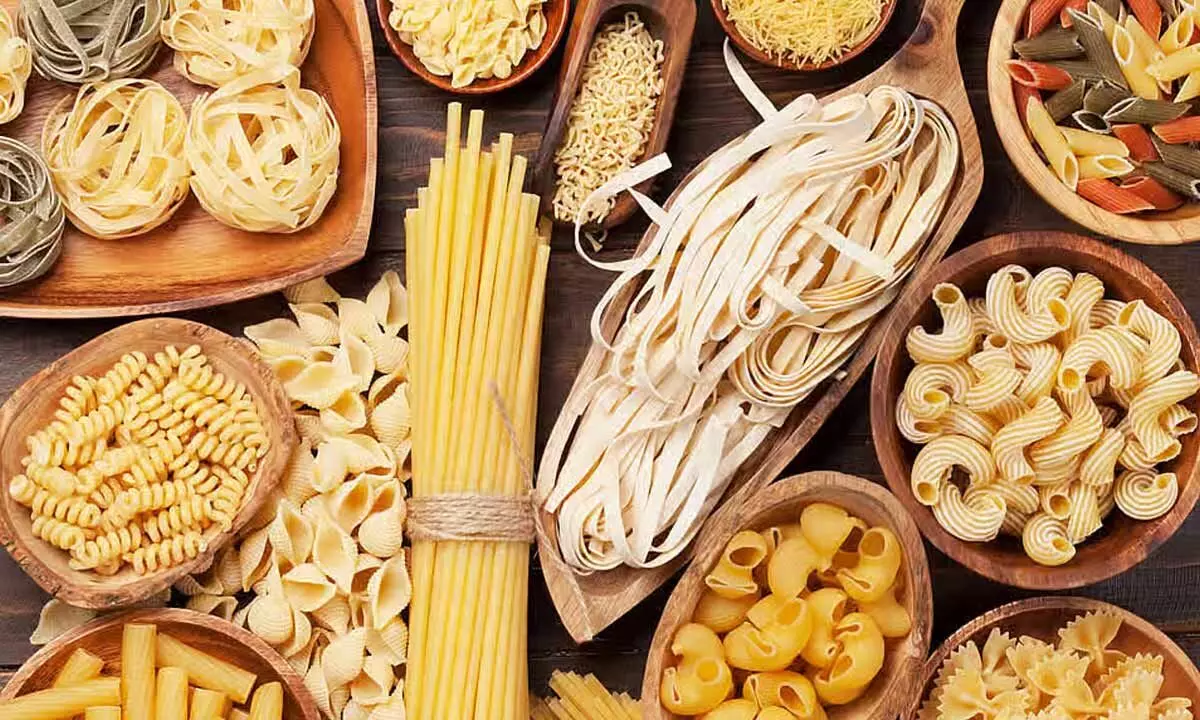Today is World Pasta Day: Uncover The History of Pasta

Pasta is a type of food made from an unleavened dough of wheat flour and water or eggs, which is formed into various shapes and cooked by boiling or baking. Pasta is a staple food of Italian cuisine, but it has a long and complex history that spans different cultures and continents.
Pasta is a type of food made from an unleavened dough of wheat flour and water or eggs, which is formed into various shapes and cooked by boiling or baking. Pasta is a staple food of Italian cuisine, but it has a long and complex history that spans different cultures and continents. Here is a brief overview of the history and evolution of pasta:
The origins of pasta can be traced back to ancient civilizations in China and the Mediterranean. Noodles were made from wheat or rice flour and water and were often served with various sauces or broths.
In Italy, pasta gained popularity in the 13th century, and regional variations of pasta dishes emerged. Some historians believe that pasta was introduced to Italy by the Arab conquerors of Sicily in the 8th century, who brought a dried noodle-like product called itriyya. Others suggest that pasta was brought by Marco Polo from China in the late 13th century, but this is disputed by evidence of pasta production in Italy before his travels.
Pasta became a common food for the masses, as it was cheap, filling, and easy to store and transport. Different shapes and sizes of pasta were developed to suit different types of sauces and ingredients. Some of the most popular forms of pasta include spaghetti, macaroni, lasagna, ravioli, tortellini, gnocchi, and cannelloni.
Pasta spread to other parts of Europe and the world through trade and migration. In the 18th and 19th centuries, pasta was introduced to America by Italian immigrants, who adapted their recipes to local ingredients and tastes. Pasta became a staple food for many Americans, especially during the Great Depression and World War II, when meat and cheese were scarce and expensive.
Today, pasta is one of the most popular foods in the world, with hundreds of varieties and dishes. Pasta is also a versatile and nutritious food, as it can be enriched with vitamins and minerals, or made from whole grains or gluten-free flours. Pasta can be enjoyed with a variety of sauces, meats, vegetables, cheeses, herbs, and spices, or simply with butter and cheese. Pasta can also be used in soups, salads, casseroles, pies, and desserts.















